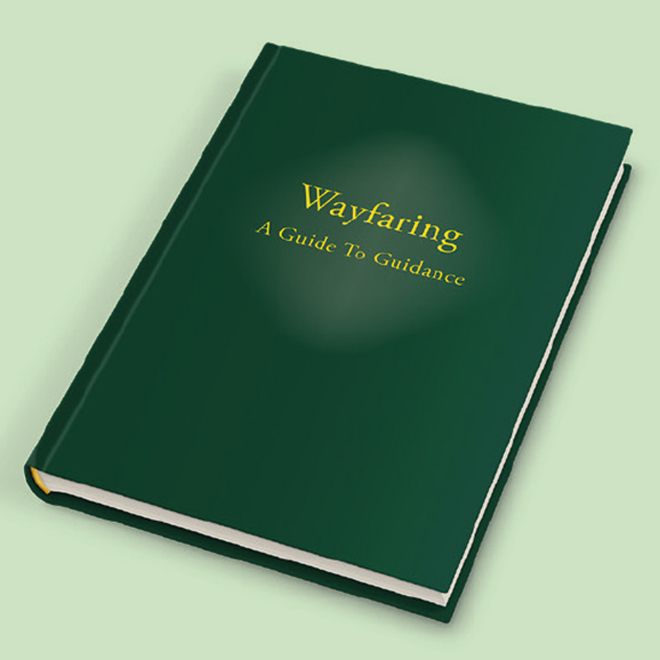Quaker silhouettes
Joanna Clark sheds light on the exhibition of Quaker silhouettes at Friends House
Portraits of early Quakers are extremely rare. One of the reasons for this was strictly practical – most Friends did not come from the social class that could afford painted portraits. However, there were also serious religious objections to images of all kinds.
Early Quakers shared with other nonconformist religious groups a rejection of the visual arts in general; while personal portraiture was seen as being expressive of personal vanity – and in Quaker parlance ‘exalting the creature’, such as emphasising the physical body rather than the spirit or light within.
